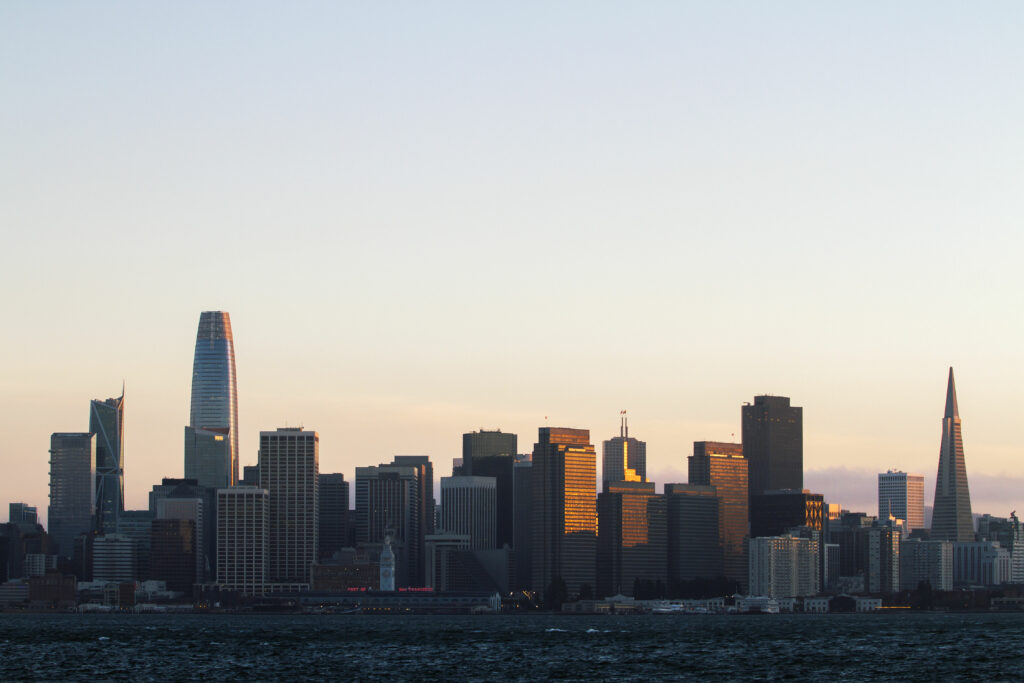Why Cities Are Usually Better Than The Suburbs
There are two kinds of beauty in the world: the beauty of humanity and the beauty of nature. The world’s population centers often act as melting pots, not only of races and ethnicities, but also of ideas. In well-developed cities, specific neighborhoods can easily become hubs for certain segments of a population to express themselves freely. Complete cultures can exist in a microcosm that adds to the richness of the whole. Murals, music, food, colloquialisms and the people that maintain and pass down these traditions from one generation to the next can lead to personal growth and an appreciation of a reality outside your own.
Exploring a great city should feel like stepping into a well-decorated home with several bedrooms.
These realities and the neighborhoods that encapsulate them can seamlessly blend into the tapestry of a metropolitan environment, which, if done organically, makes living in cities or visiting cities a pleasurable experience.
Exploring a great city should feel like stepping into a well-decorated home with several bedrooms. Ideally each room would be completely different from the last and stand out as being entirely influenced by its inhabitant’s unique taste. Behind every door you would find different colors, different furniture, different visions. Some rooms would be cluttered or filthy, others pristine and organized. But all of them would be lived in, and most importantly, as you explored the home, you’d learn about yourself. You’d learn about what you like, what you dislike; what you appreciate and what you don’t. Indifference would be the only indication of failure and in spaces filled by the ingenuity of the human spirit, indifference is hard to achieve..
This metaphor could be applicable to any great city, but for the sake of this publication, let’s use San Francisco as an example. Neighborhoods like Glen Park and the Sunset seamlessly coexist with the Mission and the Bayview. Each district is a different bedroom in its own right. One bedroom isn’t inherently better than the other and all of them hold equal value in different ways. These wildly different realities, whether it be the Castro, the Tenderloin or Twin Peaks come together to make this settlement a city, or this house a home.
That’s not to say cities are always great. Sometimes it’s good to get out, but suburbia is often not a great alternative to the chaos found in densely populated places. Sometimes it’s better to be surrounded by trees in small towns than the never ending noise and uncivilized behavior of those forced to participate in civilization.
The beauty found in nature is different from the beauty found in cities. Great cities are formed by the uninhibited chaos of clustered humanity. Nature’s beauty is found in its absence. I remember driving to Humboldt County and seeing trees with heights that rivaled skyscrapers in San Francisco or Los Angeles. And if you think city lights are mesmerizing, wait until you get to see the brilliance of a night sky unobstructed by light pollution. If a great city is a well-decorated home, then the best of nature is a vacant lot that allows your mind to ponder what’s possible.
Suburbs fuck up the balance.
The problem with suburbia is that you lose the decorative brilliance of human expression as well as the stunning beauty of the natural environment. Cities at their best are an exchange. You reduce nature, but in return, you receive the spontaneity of a bustling city. You get architecture, you get art, you get people from all walks of life from all corners of the planet and the cultures that come with them. There has to be an even exchange for it to work. There has to be balance.
Suburbs fuck up the balance. The trees are cut down. The wildlife is evicted from its natural habitat and the lights may be as bright as they are in cities, they’re decidedly less beautiful. Unlike their urban counterparts, the suburbs are meant to contain humanity, not celebrate it. If cities are homes that you live in, suburbs are houses you sleep in. The term bedroom community alludes to this. The suburbs are where American indifference became a way of life, and how could you blame them? Every neighborhood looks the same. The houses vary in size, but even a color that disrupts the continuity of a specific neighborhood is frowned upon if not outright discouraged. This isn’t an accident. These are areas built to foster continuity, not creativity. And I’m not just referring to the colors of houses, but the color of people.
Most suburbs were created by the demand that resulted from white flight. The idea of racial segregation was not only capitalized on, but cultivated by the automobile industry and the US Government. Living further away from where you worked, sometimes 40 or 50 miles away, made cars a necessity, and if cars were to become a necessity, then infrastructure to support the car was also a necessity. While white people fled the city for the newly minted suburbs, freeways were built through urban black neighborhoods, completely uprooting them.
Fast forward to today and we’re bearing the burden of our bad decisions. The demand for cars has exacerbated the climate crisis. We’re still dealing with the racial ramifications of redlining, and many American cities haven’t fully recovered from the damage white flight and economic deprivation caused in America’s urban core.
I could go on, but you get the point.
And that’s why cities are usually better than the suburbs.
Yep, just went full circle.
You’re welcome.










